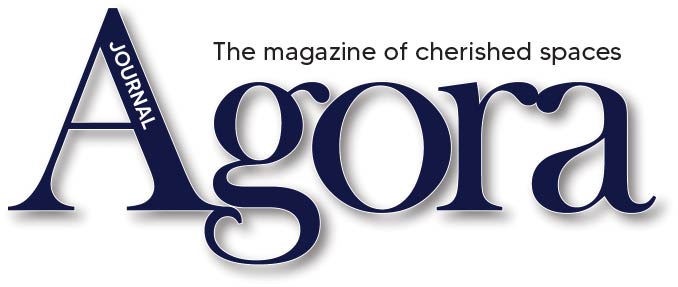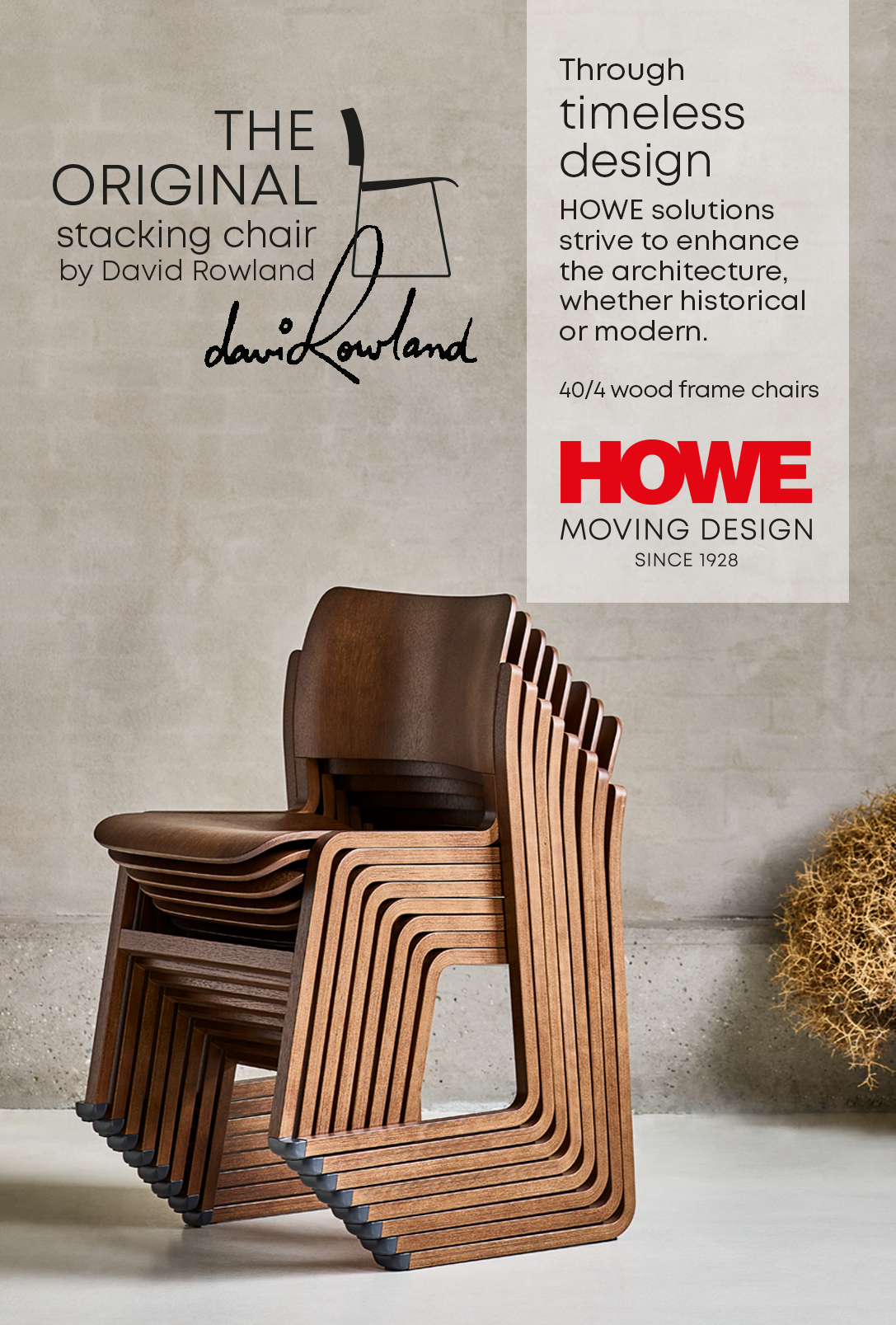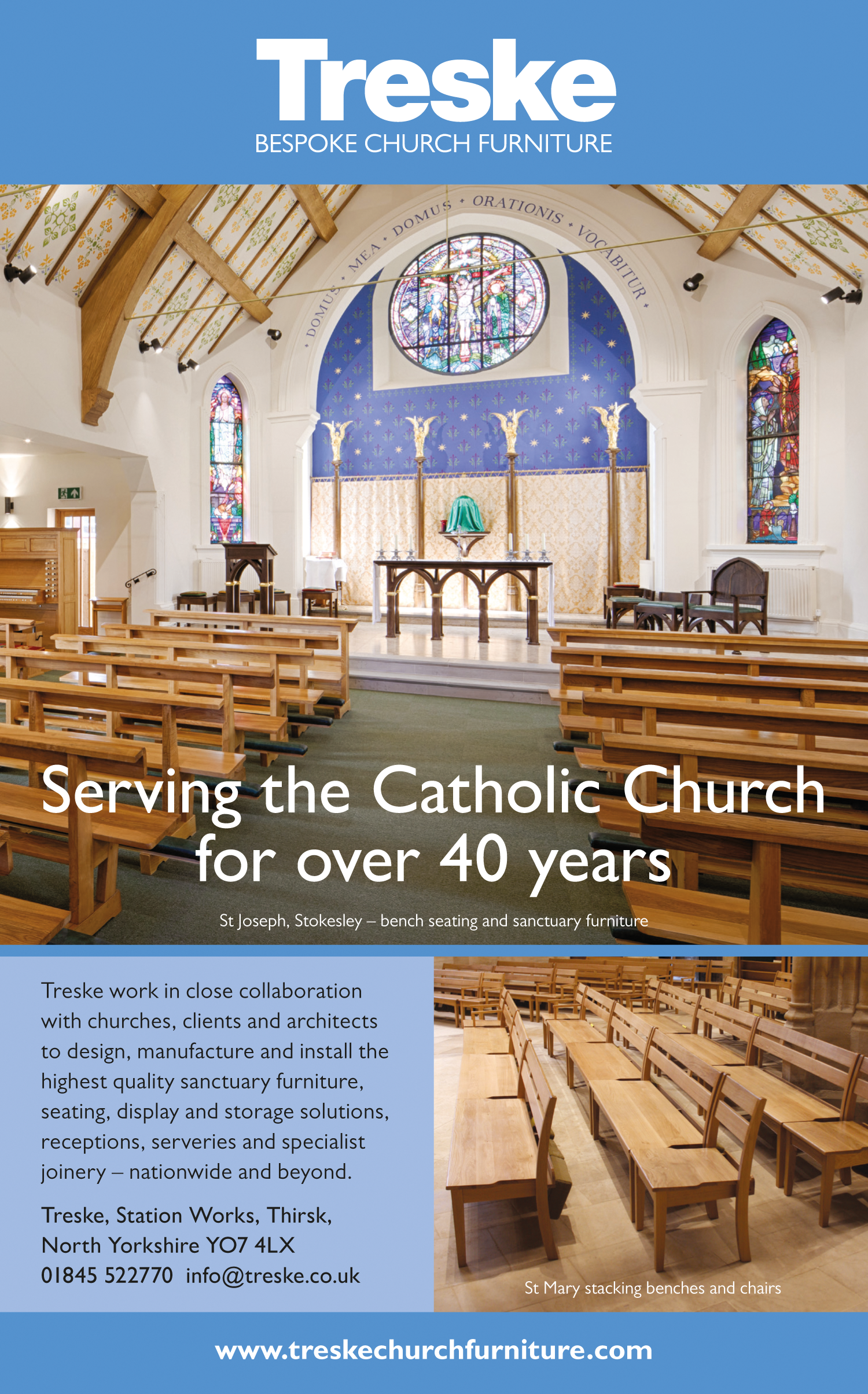Form4 Architecture has unveiled the studio’s design for Intertwined Eternities, a columbarium in the Seacliff neighbourhood of Aptos, a seaside town on California’s Pacific coast. The columbarium will occupy the gardens of the Episcopal Church of St John the Baptist, whose board approved the design which responds to the distinct timber architecture of the church (2009) by Warren Callister.
A choreographed sequence of open-air stone pavilions, the columbarium reads like a meeting of intertwining outdoor rooms. The interlaced form of the architecture alludes to the endless number of different journeys taken through life and beyond by individuals who nevertheless belong to a connected humankind.
The weight and sense of permanence offered by its 4-15 foot-high stone walls contrast with the lightness and everchanging seasonality of the surrounding drought-tolerant landscape (also designed by Form4), framed by picturesque apertures punctuating the walls. Here, architecture and nature exist in a state of equipoise.
The columbarium’s design also symbolises the transition between birth and death, and how this is inevitably a return to nature. Each wall points to the next, emphasising the sense of transition through movement. This notion of passage is counterbalanced by a strong desire to create a building that, while suggesting movement, is also eternal and fixed.
Intertwined Eternities is conceived as a place to meditate, meander, mourn, record, remember, recommit. Natural light and the surrounding landscape are the silent companions of an environment where silence plays a big role in feeling this sense of lineage.
The six arched segments of the walls exist independently, while each is interrelated to the others. They can be read as two sinusoidal curves intersecting to create eye-shaped outdoor areas, as well as a labyrinth of stone walls creating a path of discoveries. In marking the ground with their thickness, they convey stability, authority, and timelessness.
That width becomes a space of otherworldly inhabitation: hundreds of urns are located here according to a random pattern conferring additional vibrations to the texture emerging from the sunlight gracing its ragged stone surfaces.
The fluid geometry accommodates the slow steps of those engaging the memories of their loved ones. These are gentle design gestures meant to hold the living in a metaphorical embrace to soothe their sense of loss, while offering solace through an architectural link between them and those lost.
Form4’s John Marx says: “The design for a columbarium at St John’s Episcopal Church starts with the concept that life is a journey, a pathway, a collection of moments – that in this journey life reveals itself slowly and at its own pace. “You move forward when you are ready. This journey is rarely linear…your approach to the columbarium starts with a low wall that gently arcs, rising gracefully to invite you in, enticing you to explore further. “The role of architecture here is to invite the participation of the user, but to do so in a way that asks profound questions, that encourages the user to explore, rather than attempting to provide simple answers to complex issues.”
Form4 Architecture: 120 Second Street, 2nd Floor, San Francisco, CA 94105 e: projects@form4inc.com w: https://form4inc.com






